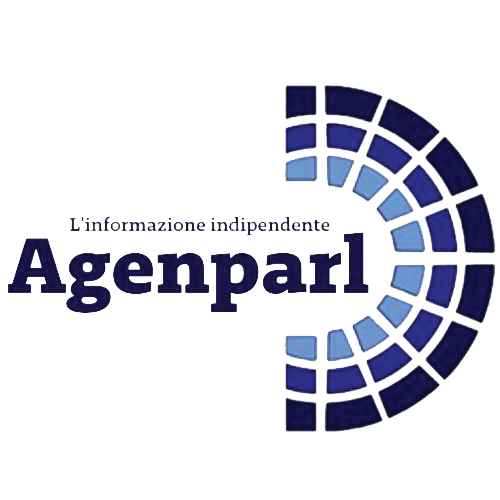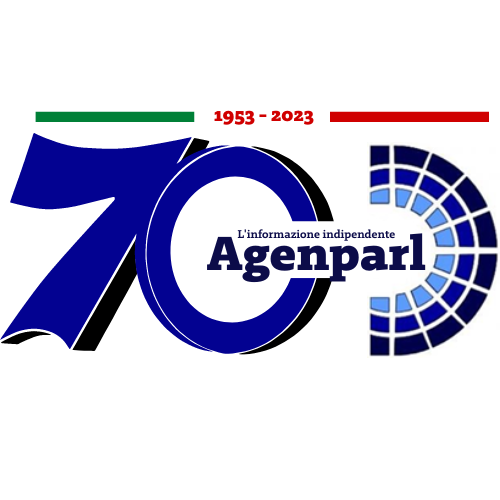 (AGENPARL) - Roma, 22 Giugno 2022
(AGENPARL) - Roma, 22 Giugno 2022(AGENPARL) – mer 22 giugno 2022 ��Communications Directorate
Press and Information Unit
curia.europa.eu
��Communications Directorate
Press and Information Unit
curia.europa.eu
respectively, the rules:
on the time
barring of actions for damages for infringements of competition law,
on the quantification of harm resulting from such
infringements and
on the presumption of the existence of that harm,
applicable to an action for damages which, although relating to a cartel which ceased before the entry into force
of that directive, was brought after the entry into force of the provisions transposing it into national law.
Assessment of the Court
So far
as concerns the temporal scope of Directive 2014/104, the Court recalls first of all that that directive prohibits,
first, the retroactive application of any national legislation transposing the substantive provisions that it provides for
and, second, the
application of any national legislation transposing the non
substantive provisions of the directive to
actions for damages brought before 26 December 2014.
Regarding the temporal applicability of Article 10 of Directive 2014/104, which establishes the rule
s relating to the
barring of actions for damages for infringements of competition law, the Court notes, next, that such rules
protect both the
aggrieved person and the person responsible for the harm. It is apparent, additionally, from case
law of the
Court that the limitation period,
by resulting in the extinction of the legal action, is a matter of substantive
. Therefore, Article 10 of Directive 2014/104 is a substantive provision, for which the retroactive application of the
transposing
provisions is excluded under the directive.
Since Directive 2014/104 was transposed into Spanish law five months after the expiry of the time limit for
transposition, fixed at 27 December 2016, the Court considers that, in order to determine
the temporal a
pplicability
of Article
10 of
directive,
it is necessary
to ascertain whether the
legal
situation at issue in the main proceedings
arose before the expiry of the period for transposition of the
directive or whether it continued to produce
effects
after the expiry of that time limit
. In particular, the Court considers it necessary to ascertain whether,
at the
date of expiry of the time limit for transposition of Directive 2014/104, namely 27
December 2016, the limitation
period applicable to the si
tuation at issue in the main proceedings had elapsed, which means determining the time
when that limitation period began to run.
The Spanish legislation that was in force at the time provided that the one
year limitation period began to run from when the c
ircumstances giving rise to liability had become known to the
injured party.
While
it is for the referring court to determine the date of the acquisition of that knowledge by RM in this case, it is
obliged to interpret the applicable national provisions, s
o far as possible, in the light of EU law and, in particular, the
wording and purpose of Article 101 TFEU.
In that context, the Court emphasises that it follows from the principle of effectiveness that national limitation
periods applicable to actions for
damages for infringements of competition law cannot begin to run before the
infringement has ceased and the injured party knows, or
can reasonably be expected to know, the information
necessary to bring his or her
action, namely the existence of harm, the
causal link between that harm and the
infringement of competition law committed and the identity of the perpetrator of that infringement.
In that regard, the Court notes that
the press release of the Commission decision
finding the cartel, published
on 19
July 2016, does not appear to identify with the precision of the summary, published on 6 April 2017,
identity
��Communications Directorate
Press and Information Unit
curia.europa.eu
Connected
time limit for transposition of Directive 2014/104
. It continued to run even after the date of entry into force of
the Spanish transposing legislation. Thus, the Court considered that,
n so far as the limitation period applicable
to RM’s action for damages under the old rules did not elapse before the date of expiry of the time limit for
transposing that directive, that action falls within the temporal scope of Article 10 of the said dir
ective
With regard to the temporal applicability of Article 17(1) of that same directive
, the Court finds that, by aiming
in particular to empower the national courts to estimate the amount of harm suffered where it is practically
impossible or excessivel
y difficult precisely to quantify it on the basis of the evidence available,
the objective of
NOTE:
A reference for a preliminary ruling allows the courts and tribun
als of the Member States, in disputes which
have been brought before them, to refer questions to the Court of Justice about the interpretation of European
Union law or the validity of a European Union act. The Court of Justice does not decide the dispute i
tself. It is for the
national court or tribunal to dispose of the case in accordance with the Court’s decision, which is similarly binding on
other national courts or tribunals before which a similar issue is raised.
Unofficial document for media use, not
binding on the Court of Justice.
full text
of the judgment is published on the CURIA website on the day of delivery.
Press contact: Jacques René Zammit
